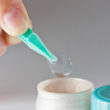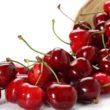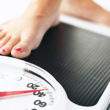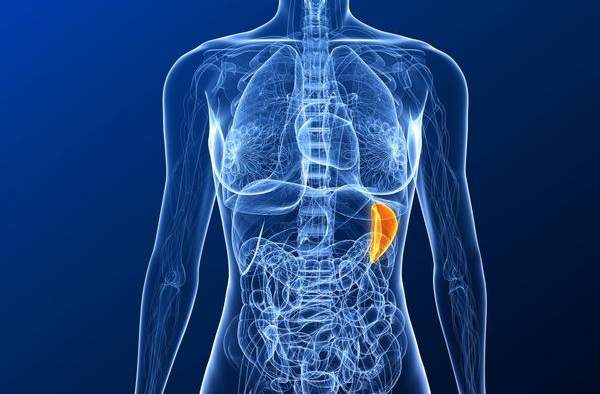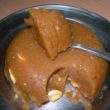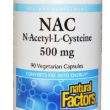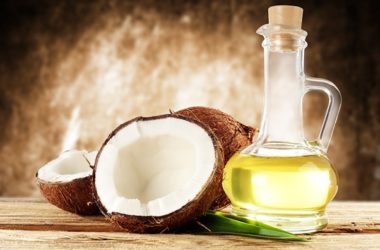Your spleen is one of the most important organs you have. Situated in the upper left part of your abdomen and just right next to your stomach, it gets rid of damaged and old red blood cells, while at the same time serving as reservoir for both red blood cells and platelets, blood components that are involved in clotting. The spleen is also a part of your immune system, springing into action most especially during an infection.
When the spleen gets overworked, it becomes enlarged. This results in what’s called splenomegaly. Just about any health condition that requires increased filtration of the blood or production of red blood cells can cause the spleen to become larger than normal. One disease that is known to cause splenomegaly is hemolytic anemia, a kind of anemia wherein the red blood cells become damaged, requiring the spleen to filter out large amounts of them.
There are numerous other diseases that can result in the enlargement of the spleen. Some of them include liver disease, congestive heart failure, leukemia and other forms of cancer, metabolic diseases, all sorts of infections like AIDS and malaria, and trauma to the spleen itself, such as during a car accident.
Generally speaking, splenomegaly itself does not cause any sign and symptom. Present ones are usually brought about by the condition behind the spleen’s enlargement. Some signs and symptoms that someone with splenomegaly may have include anemia, which causes shortness of breath and fatigue. Weight loss may happen if the underlying cause is cancer, and jaundice, too, if splenomegaly is due to liver disease.
Someone with splenomegaly may have frequent hiccups, feel full after a small meal, and experience pain in the upper part of the abdomen which may radiate to the shoulder blade or upper back.
In order to bring back the spleen to its normal size, the disease that’s causing the organ’s enlargement should be treated. There are instances wherein the spleen is removed, a surgical procedure referred to as splenectomy. Yes, a person can live without a spleen. However, since the spleen is a part of the immune system, it’s not unlikely for the individual to be at higher risk of various infections, most especially very serious ones.
There are also a number of home remedies that are said to be very good at reducing the size of an enlarged spleen. Make sure that you let your doctor before you try the following:
Raw Papaya in Apple Cider Vinegar
Peel a small raw papaya and soak it in apple cider vinegar overnight. The next day, slice the raw papaya. Sprinkle about 6 grams of sea salt on it and consume.
Sap of Raw Papaya
This home remedy for enlarged spleen may be a bit of a challenge to do, but many swear by its effectiveness. Slice a raw papaya and take 8 to 10 drops of the sap on an empty stomach.
Grape Leaves and Juice
In 2 cups of water, boil 25 grams of fresh grape leaves. Turn off the stove once the liquid is down to a cup. Allow to cool and mix with 25 grams of 100% pure grape juice. Consume.
Pure Apple Juice
Since apple juice is said to help cleanse the lymphatic system, it is effective against splenomegaly. Drink 1 to 2 glasses of 100% pure apple juice to attain relief from it.
Beetroot and Ginger Juice
The size of an enlarged spleen can be reduced by consuming 1 cup of beetroot juice mixed with 1 tablespoon of ginger root juice, thanks to their impressive anti-inflammatory properties.
Ginger Tea
When home remedies for inflammation is the subject matter, you can rest assured that ginger tea will be there. This healthy beverage is said to be an excellent natural solution for splenomegaly.
Blackstrap Molasses
Traditional healers recommend the daily intake of blackstrap molasses to help shrink the spleen. By the way, blackstrap molasses is a mineral-rich byproduct of sugar processing.




